Understanding Monkeypox: Symptoms, Prevention, and Latest Updates on the 2024 Outbreak”
Introduction
In recent years, Monkeypox has garnered significant attention as it resurged in different parts of the world. Though not as widely known as other viral infections, Monkeypox poses a serious public health risk, particularly in areas where it has become more prevalent. Understanding what Monkeypox is, how it spreads, and the steps we can take to protect ourselves is crucial in the fight against this virus.
What is Monkeypox?
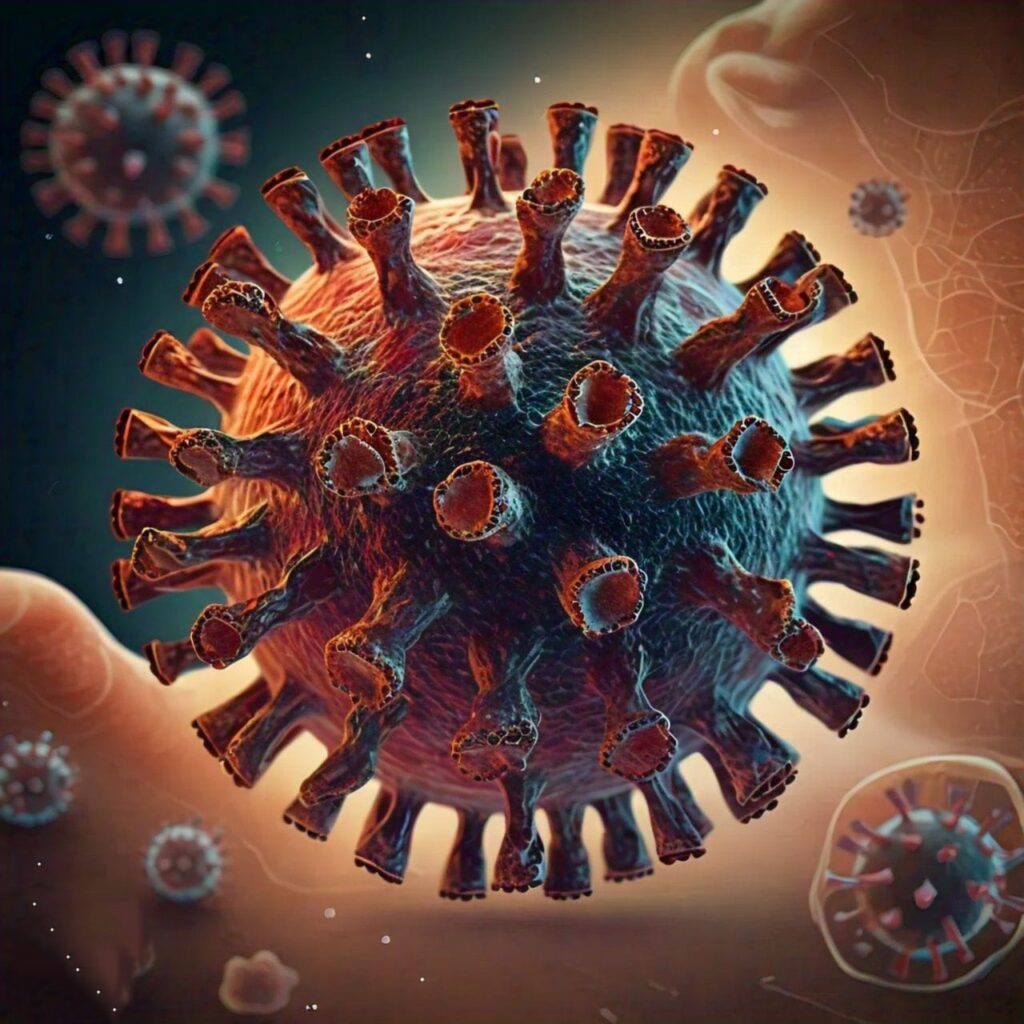
Monkeypox is a rare viral zoonosis, meaning it’s a virus that primarily affects animals but can be transmitted to humans. It’s part of the Orthopoxvirus genus, which also includes more well-known viruses like smallpox. Despite its name, the virus isn’t limited to monkeys; it can infect a variety of wild animals, including rodents.
The virus causes a disease with symptoms similar to smallpox, although it is generally less severe. Common symptoms include fever, headaches, muscle aches, swollen lymph nodes, and a characteristic rash that progresses from macules to papules, vesicles, pustules, and finally scabs. The rash typically begins on the face and then spreads to other parts of the body.
Where Did Monkeypox Start?
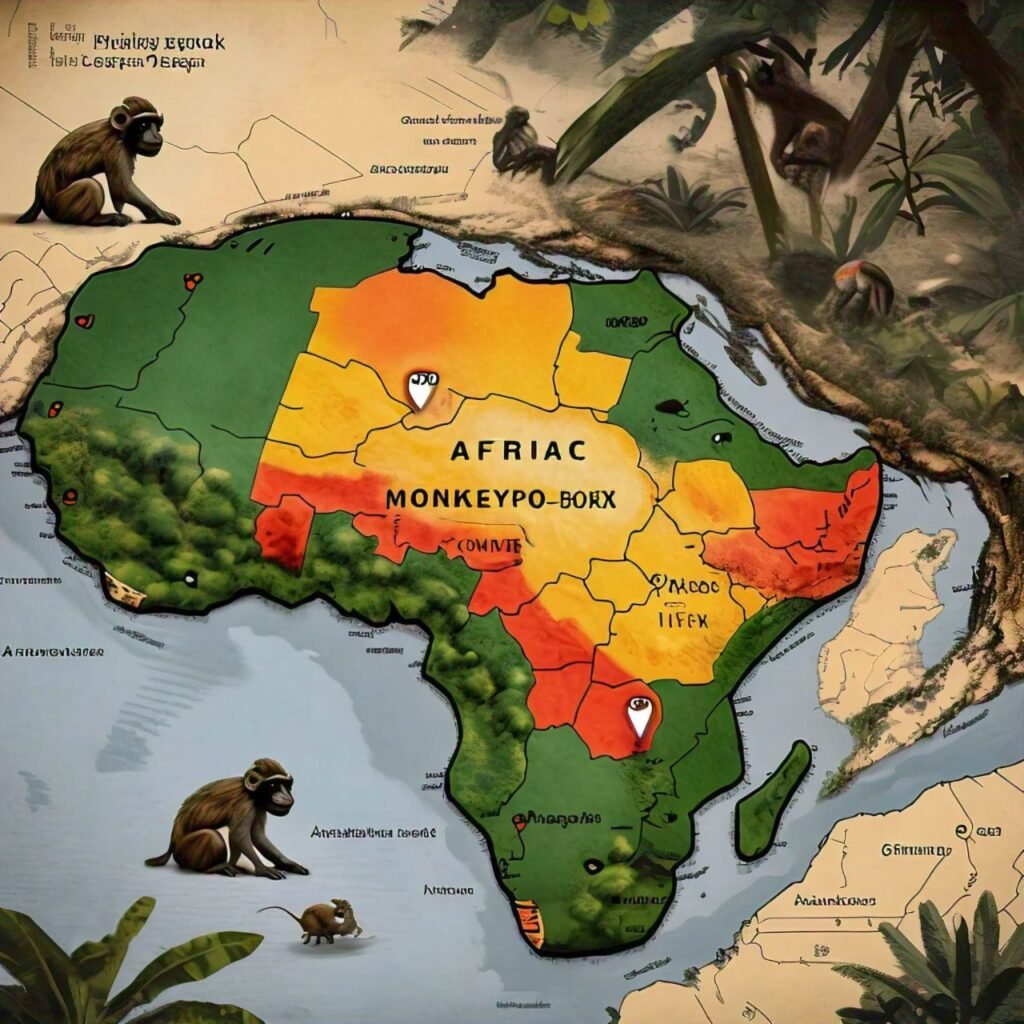
Monkeypox was first identified in 1958 when two outbreaks of a pox-like disease occurred in colonies of monkeys kept for research, hence the name. However, the first human case was recorded in 1970 in the Democratic Republic of Congo. Since then, the virus has been primarily confined to Central and West African countries, particularly in rural, rainforest regions where people might come into contact with infected animals.
Over the past few decades, there have been sporadic outbreaks in other parts of the world, often linked to travelers returning from regions where the virus is endemic. The most recent global spread in 2022 highlighted how interconnected the world has become, with cases reported in countries that had not previously seen the virus.
How Does Monkeypox Spread?
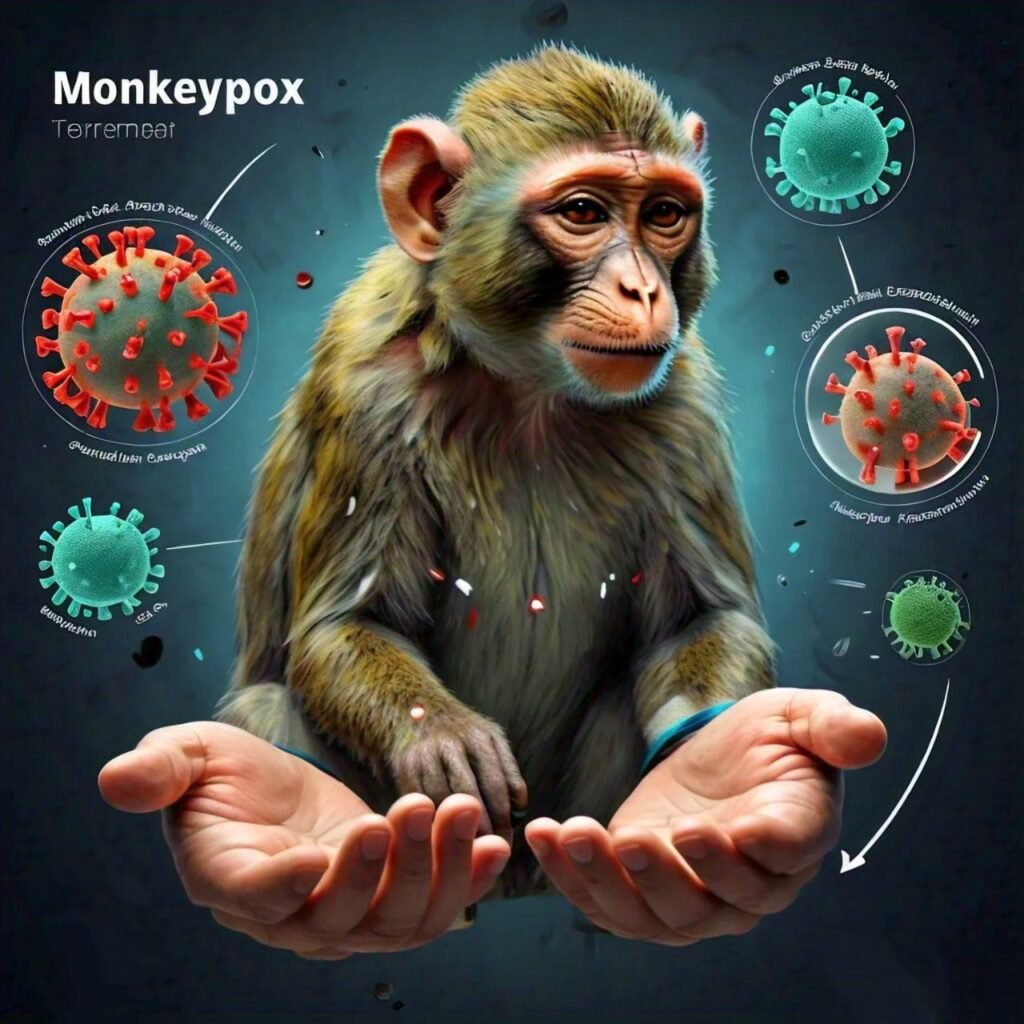
Understanding how Monkeypox spreads is essential for preventing its transmission. The virus can spread from animals to humans through direct contact with the blood, bodily fluids, or cutaneous or mucosal lesions of infected animals. Eating undercooked meat from infected animals is also a potential source of transmission.
Human-to-human transmission, while less common, can occur through close contact with respiratory secretions, skin lesions of an infected person, or recently contaminated objects like bedding or clothing. The virus can also spread through prolonged face-to-face contact, making healthcare workers and family members particularly vulnerable when caring for infected individuals.
How to Recognize Monkeypox Symptoms
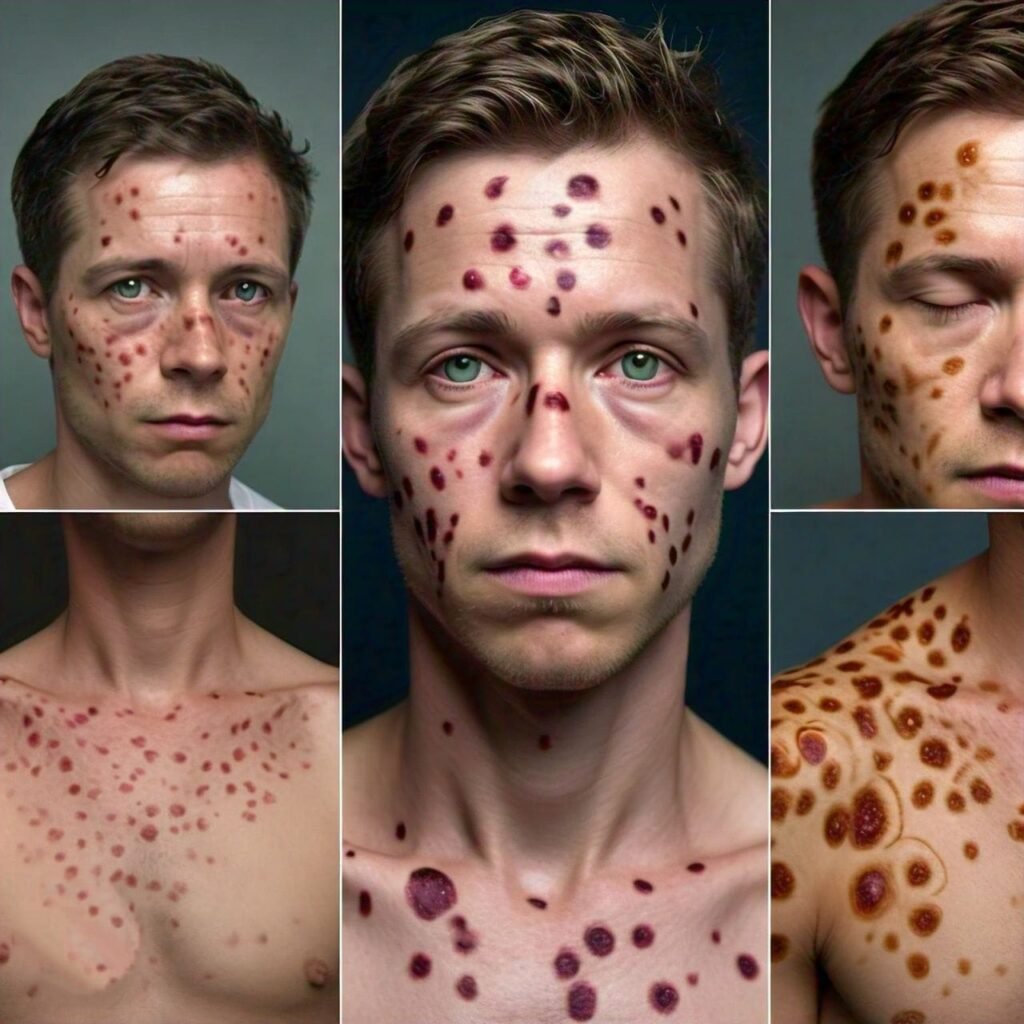
Recognizing the symptoms of Monkeypox early is critical for containing its spread. The disease typically starts with fever, intense headaches, muscle aches, back pain, and swollen lymph nodes. These symptoms are often followed by a rash that usually appears within 1 to 3 days after the onset of fever. The rash begins on the face and then spreads to other parts of the body, including the palms of the hands and soles of the feet.
The rash goes through several stages before it finally crusts over and falls off. The entire illness typically lasts 2 to 4 weeks. It’s important to note that while Monkeypox can cause severe symptoms, especially in young children, pregnant women, and immunocompromised individuals, many cases are mild and can be managed with supportive care.
Who is Most at Risk?

Certain populations are more at risk for contracting Monkeypox. Individuals living in or traveling to regions where the virus is endemic are at higher risk, especially if they come into contact with wild animals or consume bushmeat. Healthcare workers, household members, and close contacts of infected individuals are also at increased risk, particularly in areas with inadequate infection control practices.
Immunocompromised individuals, children, and pregnant women are more likely to experience severe forms of the disease. Geographic regions with higher prevalence include rural parts of Central and West Africa, although the virus’s recent spread has shown that urban areas can also be at risk.
How Can We Stay Safe from Monkeypox?

Preventing Monkeypox requires a combination of personal vigilance and public health measures. On a personal level, avoiding contact with animals that could carry the virus is crucial, particularly in regions where Monkeypox is known to be present. This includes avoiding the consumption of bushmeat and ensuring that any meat consumed is thoroughly cooked.
Good hygiene practices, such as regular handwashing and using hand sanitizers, can reduce the risk of transmission. In areas experiencing an outbreak, avoiding close contact with infected individuals or animals is vital. Public health guidelines, such as wearing masks and using personal protective equipment (PPE), can help protect healthcare workers and others who might come into contact with the virus.
The Importance of Awareness and Education

Awareness and education are key components in the fight against Monkeypox. Misinformation can lead to panic or complacency, both of which are dangerous. It’s important for communities, especially in affected regions, to have accurate information about how the virus spreads and how they can protect themselves.
Public health organizations play a critical role in disseminating this information. They can help by providing clear, concise guidelines that are culturally appropriate and accessible to the people most at risk. The media also has a responsibility to report on Monkeypox in a way that is factual and avoids sensationalism.
What About the Monkeypox Vaccine?
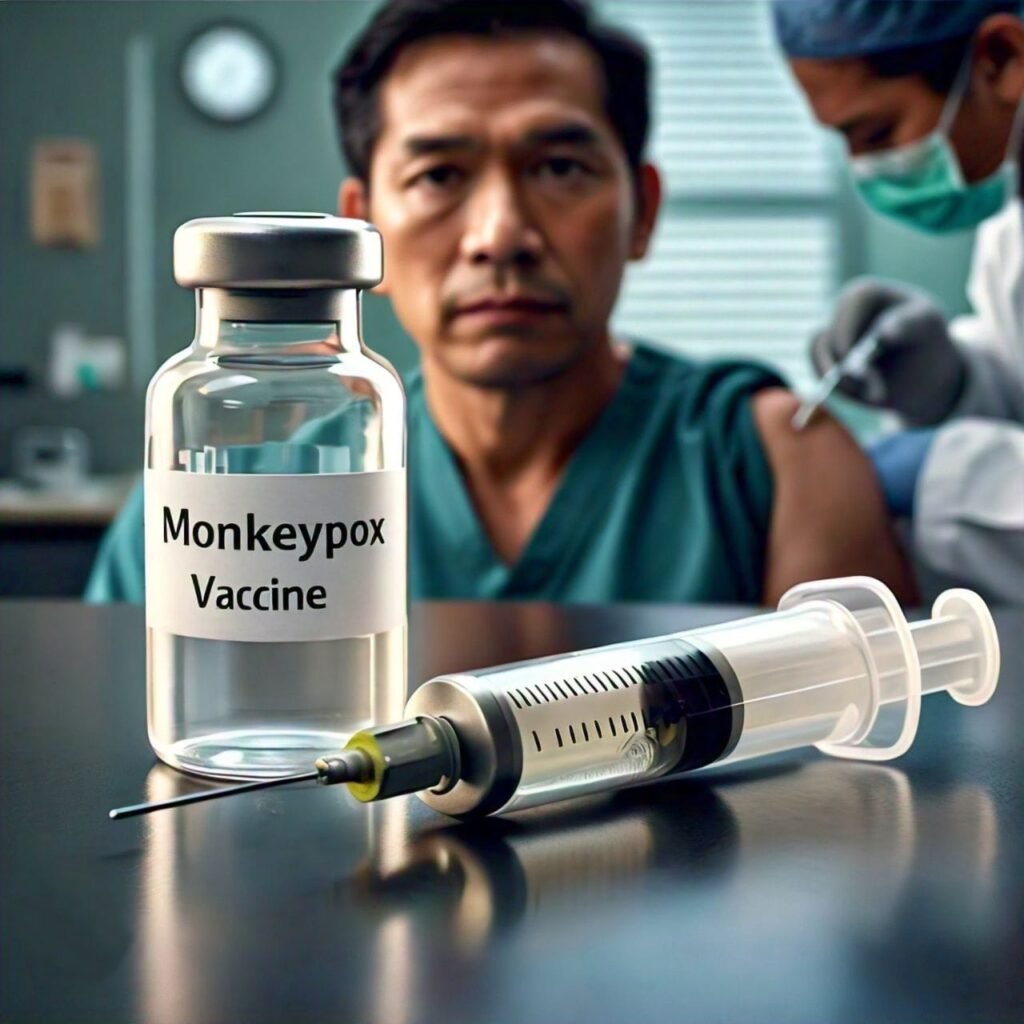
Vaccination is one of the most effective tools for preventing the spread of Monkeypox. The smallpox vaccine, which has been widely used in the past, also provides protection against Monkeypox due to the similarity between the two viruses. In fact, the World Health Organization (WHO) has recommended that people who have been vaccinated against smallpox might still have some immunity against Monkeypox, although this immunity may have waned over time.
A more specific vaccine, known as JYNNEOS (also known as Imvamune or Imvanex), has been developed and is approved for use against Monkeypox. This vaccine is particularly recommended for people who are at high risk of exposure, such as healthcare workers, laboratory personnel, and those who have had close contact with an infected person.
Efficacy and Safety of the Monkeypox Vaccine

The efficacy of the Monkeypox vaccine, particularly JYNNEOS, is promising. Studies have shown that it provides strong protection against the virus, especially when administered before or shortly after exposure. The vaccine is generally safe, with most side effects being mild and short-lived, such as redness or soreness at the injection site, mild fever, or fatigue.
Compared to the older smallpox vaccine, JYNNEOS is less likely to cause severe side effects, making it a better option for broader public use. However, like all vaccines, it’s important for individuals to discuss their personal risk factors with a healthcare provider to determine if vaccination is appropriate for them.
Steps to Take if Exposed to Monkeypox
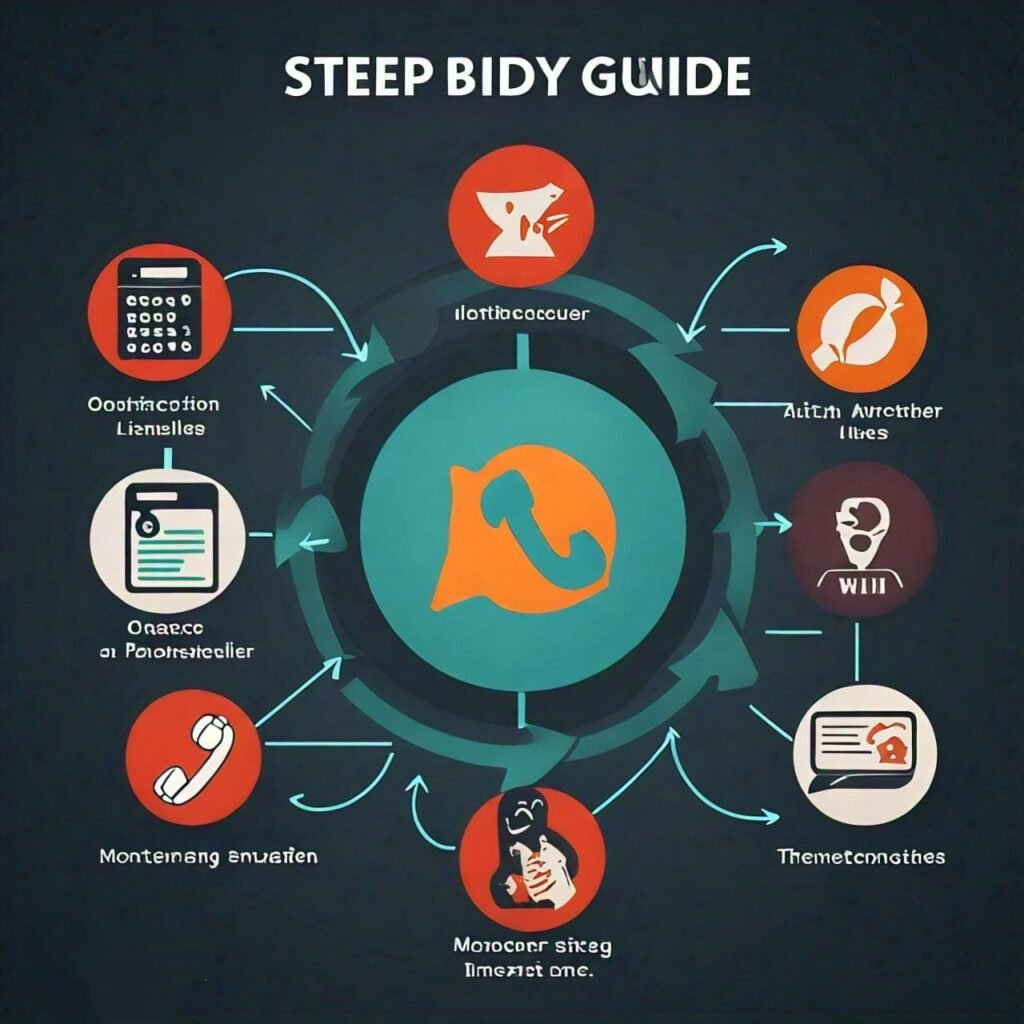
If you believe you’ve been exposed to Monkeypox, it’s crucial to take immediate action. First, isolate yourself from others to prevent further spread of the virus. Contact a healthcare provider as soon as possible to discuss your symptoms and potential exposure. They may recommend testing to confirm the infection and
will advise you on the best course of action.
Monitoring your symptoms is essential. If you develop any signs of Monkeypox, such as fever or rash, seek medical attention immediately. Early treatment and isolation can help reduce the severity of the disease and prevent transmission to others.
Treatment Options for Monkeypox
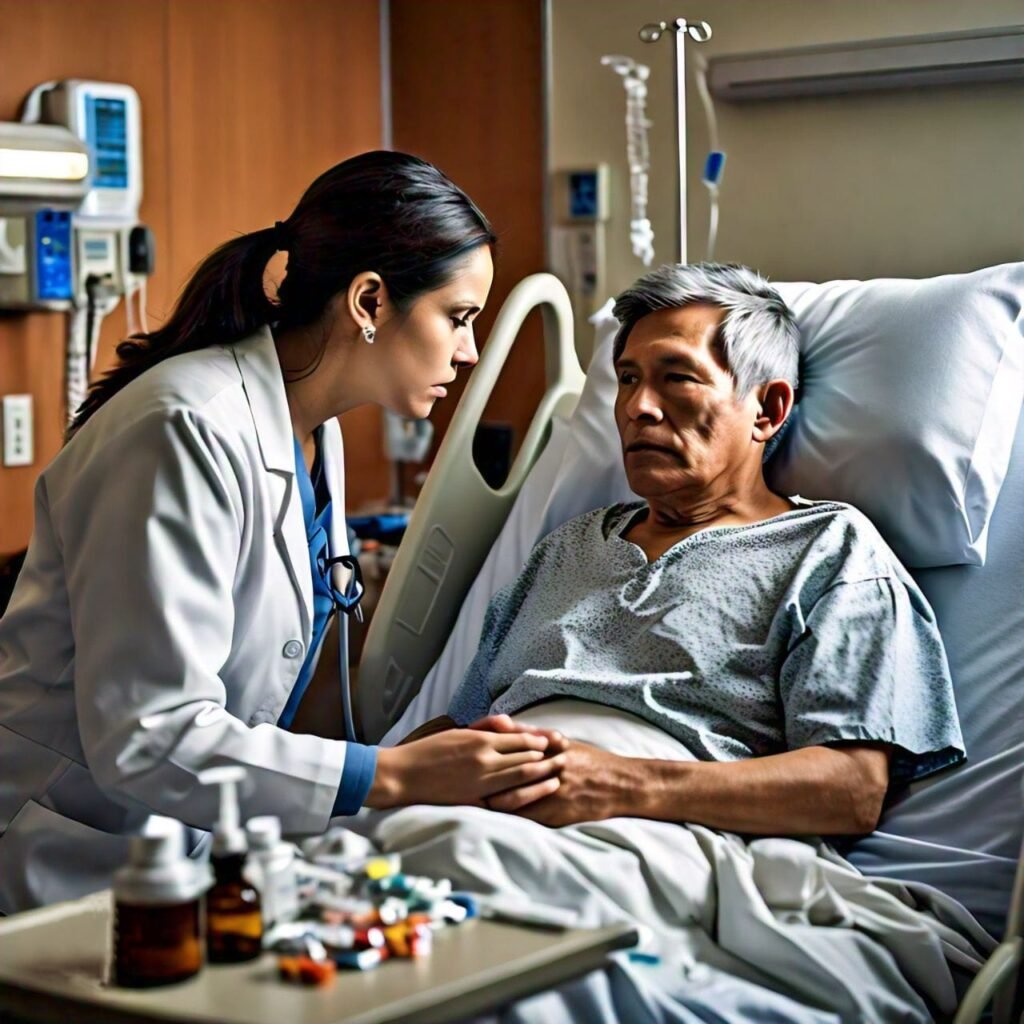
There is no specific treatment for Monkeypox, but the disease can often be managed with supportive care. This includes keeping the patient hydrated, managing fever and pain with over-the-counter medications, and treating any secondary bacterial infections that might arise due to the skin lesions.
In some cases, antiviral drugs that have been developed for smallpox, such as tecovirimat (TPOXX), may be used to treat severe cases of Monkeypox. However, these treatments are generally reserved for those who are at high risk of complications or who are experiencing severe symptoms.
Global Response to Monkeypox
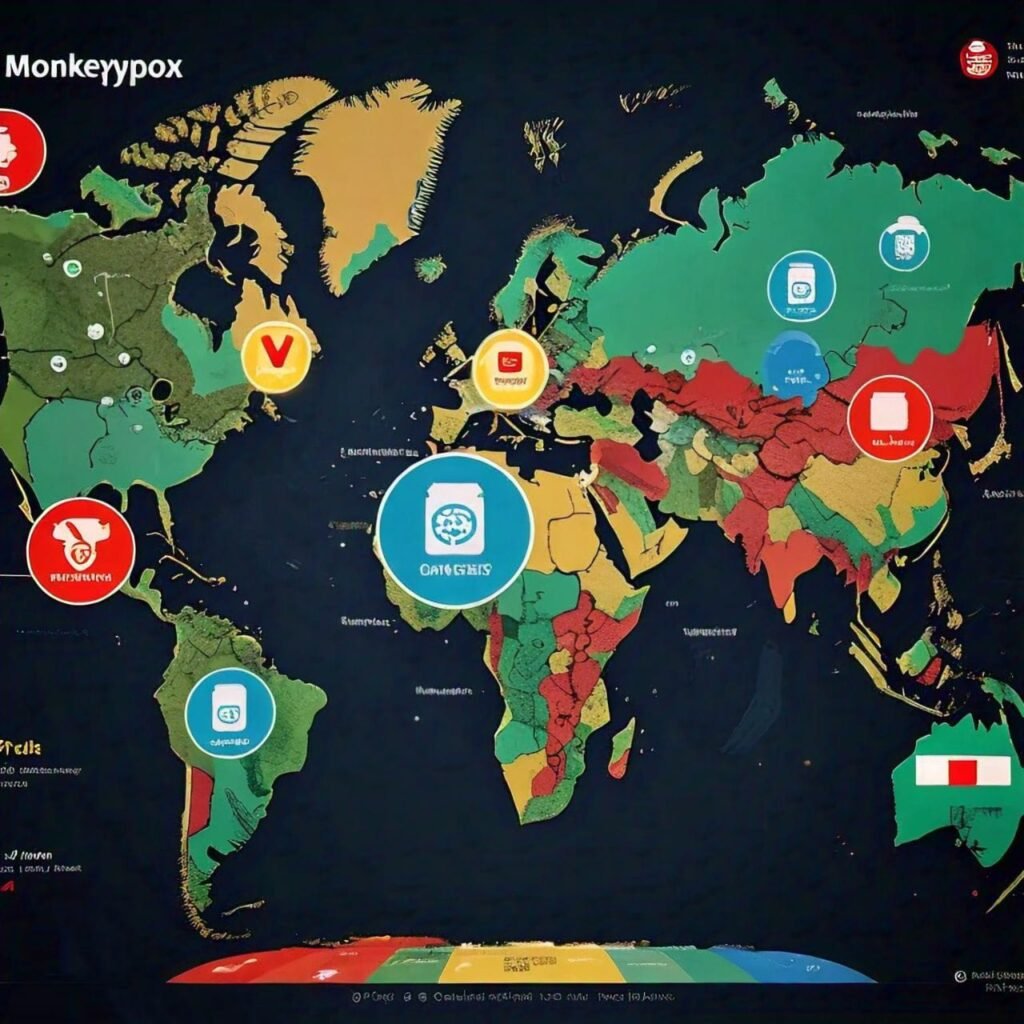
The global response to Monkeypox has been coordinated through efforts by the WHO, national governments, and various non-governmental organizations (NGOs). These organizations have focused on controlling outbreaks through surveillance, contact tracing, and vaccination campaigns. International cooperation has been crucial in managing the spread of the virus, particularly as it has emerged in new regions.
Governments have implemented various policies, including travel restrictions and quarantine measures, to prevent the virus from spreading further. Public health advisories and awareness campaigns have also been launched to educate the public on how to protect themselves.
Future Outlook on Monkeypox

Looking ahead, the future of Monkeypox will likely depend on continued global vigilance and research. The virus is likely to remain a threat, especially in regions where it is endemic. However, with improved surveillance, vaccination efforts, and public awareness, the impact of Monkeypox can be minimized.
Ongoing research into new treatments and vaccines will be essential for keeping Monkeypox under control. Global health initiatives aimed at improving healthcare infrastructure in vulnerable regions will also play a critical role in reducing the risk of future outbreaks.
Can Monkeypox have an impact on human development and career ?
Yes, Monkeypox can have an impact on human development and career, especially if it leads to prolonged illness or disability. Here’s how it might affect different aspects of life:
1. Health and Productivity

- Prolonged Illness: Monkeypox can lead to a significant amount of time off work or school due to the need for quarantine and recovery. This can disrupt productivity, lead to missed opportunities, and affect long-term career prospects.
- Physical Health: The illness can cause long-term health issues in some cases, which might reduce a person’s ability to perform certain tasks or jobs, particularly those that are physically demanding.
2. Mental Health
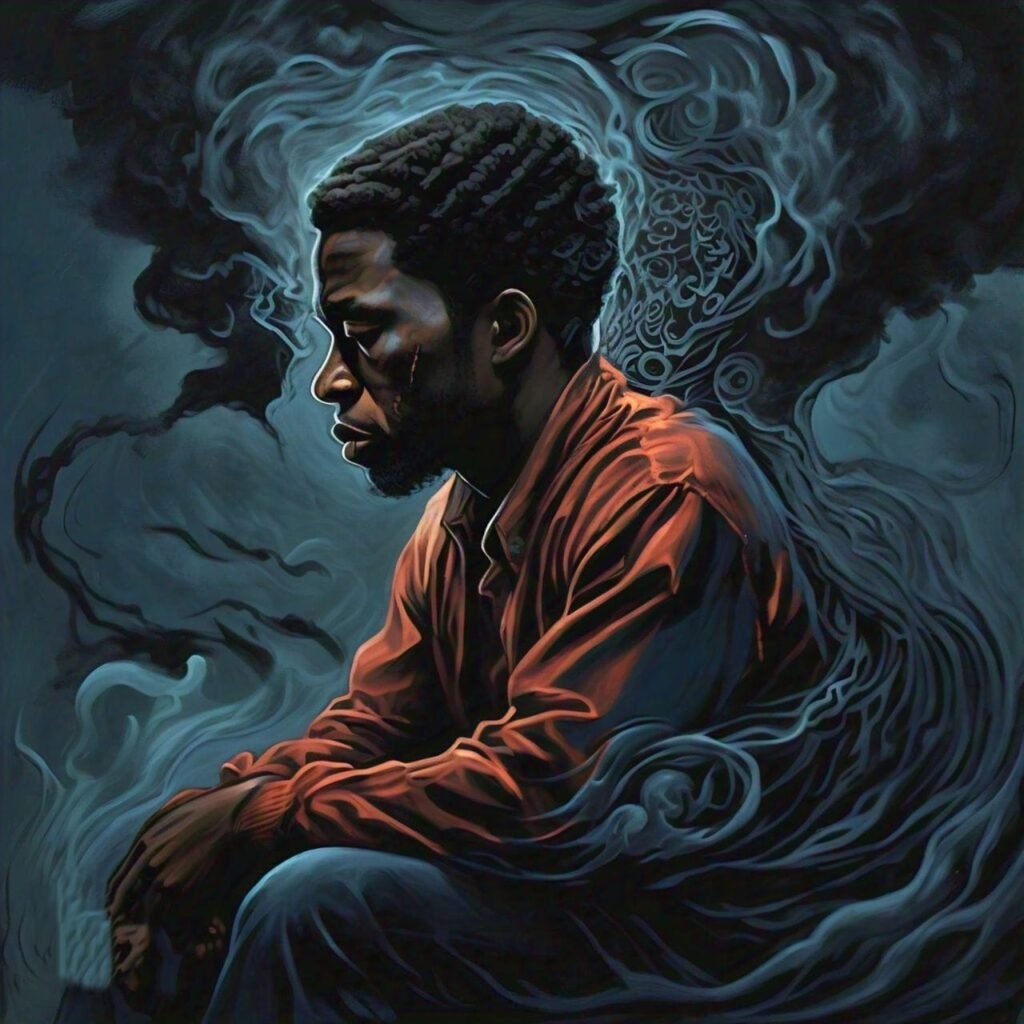
- Anxiety and Stress: Contracting a disease like Monkeypox can cause significant anxiety and stress, both during the illness and afterward, especially if there are long-term health effects. This mental strain can affect work performance and overall well-being.
- Stigma and Discrimination: There may be social stigma associated with the disease, leading to discrimination in the workplace or in educational settings. This can create additional stress and hinder career growth.
3. Education and Career Development
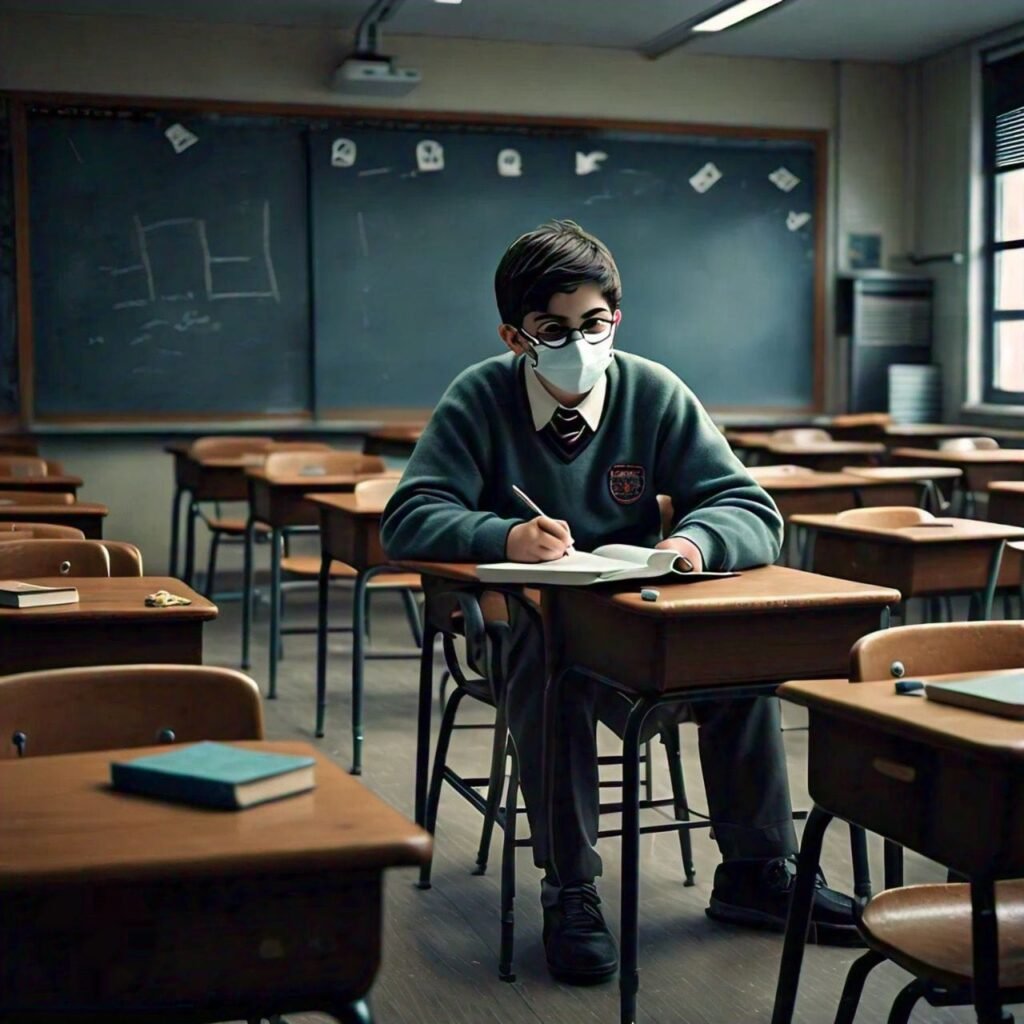
- Interruptions in Education: Students who contract Monkeypox might have to take extended leaves of absence from their studies, which can delay their educational progress and, consequently, their career development.
- Impact on Career Opportunities: If the disease leads to visible scars or other lasting effects, individuals might face challenges in certain professions where appearance is crucial or where employers are biased against those who have had serious illnesses.
4. Economic Impact

- Loss of Income: Prolonged illness can lead to loss of income, especially for those without sick leave or health insurance. This can have a cascading effect on career development, as financial strain may force individuals to take less favorable jobs just to make ends meet.
- Healthcare Costs: The costs associated with treating Monkeypox, including hospital stays and medications, can be substantial. This financial burden can delay investments in personal and professional development, such as further education or career training.
5. Social Isolation

- Quarantine and Isolation: During the period of illness, individuals may be isolated from their peers, which can lead to feelings of loneliness and depression. This social isolation can affect personal development and reduce motivation in both educational and professional settings.
- Networking Challenges: Career advancement often depends on networking and social interactions, which can be severely impacted by the need to quarantine or by social stigma.
6. Vaccine Accessibility and Public Health Measures
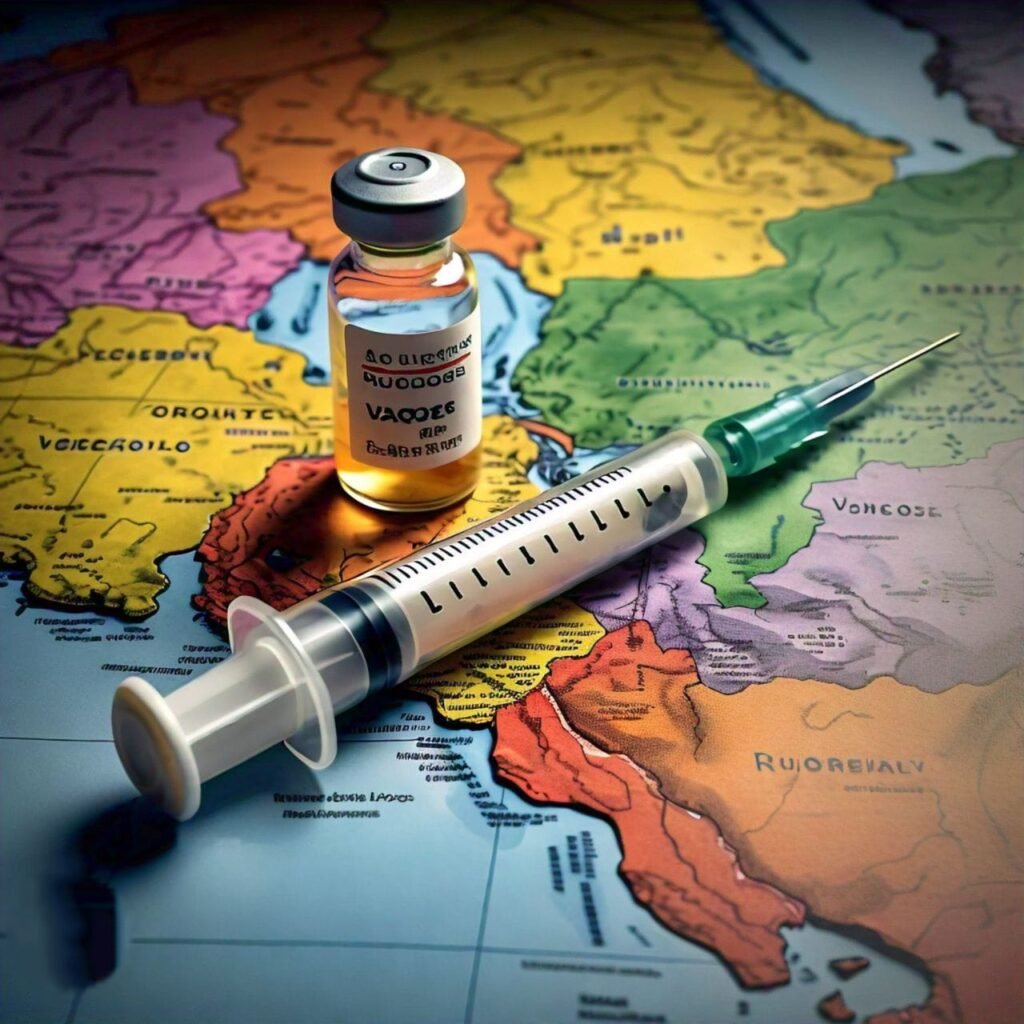
- Unequal Access to Vaccines: In some regions, access to the Monkeypox vaccine may be limited, leading to disparities in who can protect themselves from the disease. This can create an uneven playing field in terms of career opportunities, particularly if outbreaks affect certain areas more than others.
- Public Health Responses: The effectiveness of public health measures, such as vaccination campaigns and awareness programs, can significantly influence the extent to which Monkeypox affects human development and careers on a larger scale.
7. Long-Term Career Planning

- Changing Career Paths: In some cases, those who suffer severe effects from Monkeypox might need to rethink their career paths, particularly if they are no longer able to perform certain tasks due to physical or mental limitations.
- Adaptation and Resilience: On the positive side, overcoming such a challenge can also demonstrate resilience and adaptability, qualities that are highly valued in many professions. Individuals might develop new skills or shift to new roles that are better suited to their post-illness capabilities.
8. Conclusion
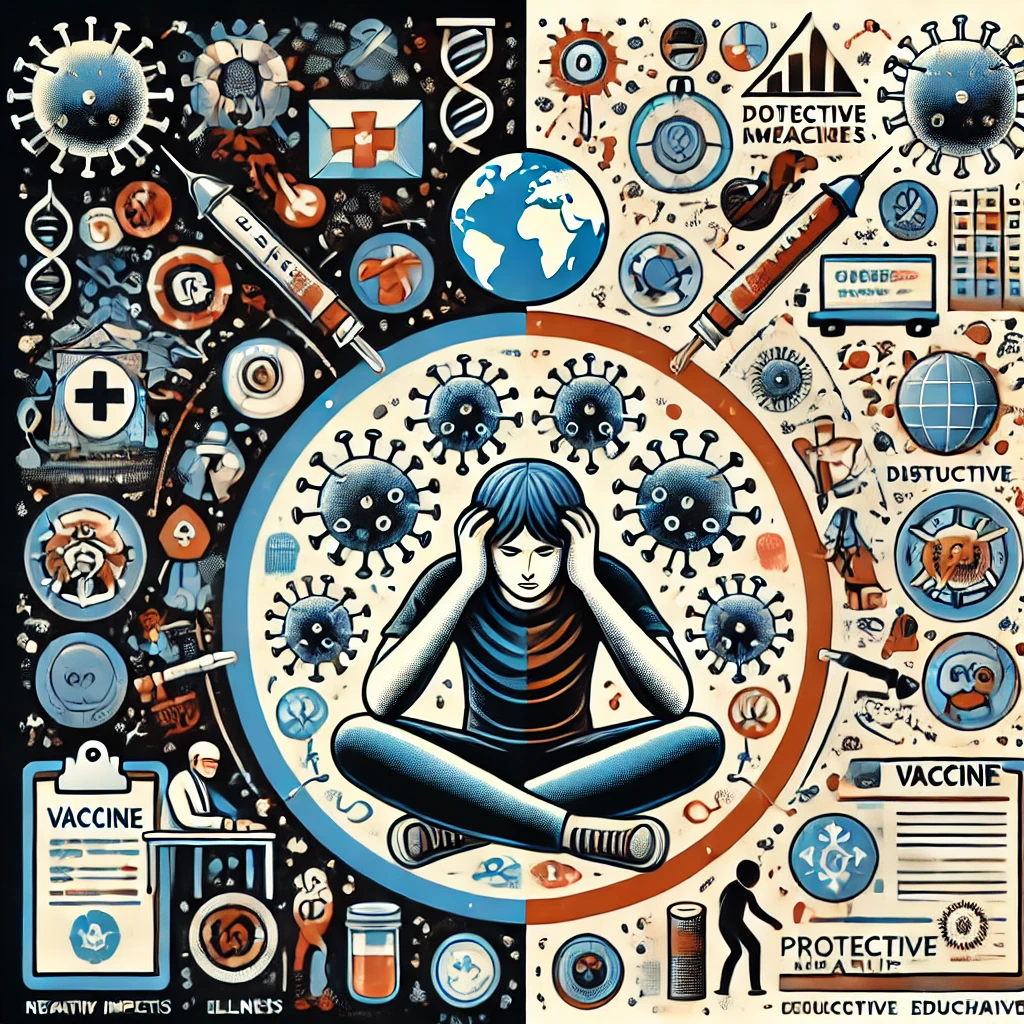
- Overall Impact: While Monkeypox can have significant negative impacts on health, education, and career development, the extent of these effects depends on factors like the severity of the illness, the effectiveness of treatment, and the level of social support available. Public awareness, access to healthcare, and fair workplace policies are crucial in mitigating these impacts.
- Monkeypox is a serious disease, but with the right knowledge and precautions, its spread can be controlled. By understanding where it comes from, how it spreads, and what we can do to protect ourselves, we can take proactive steps to stay safe. Vaccination, awareness, and global cooperation are key to managing this virus and preventing it from becoming a larger threat.
You Want To Know
- What is Monkeypox?
- Monkeypox is a viral disease similar to smallpox but generally less severe. It is caused by the Monkeypox virus, which primarily spreads from animals to humans.
- Can Monkeypox be fatal?
- Yes, Monkeypox can be fatal, particularly in vulnerable populations. However, most cases are mild, and with proper care, the risk of death is low.
- How long does the Monkeypox vaccine last?
- The duration of immunity from the Monkeypox vaccine is still being studied, but it is believed to provide protection for several years. Booster doses may be necessary for continued protection.
- What should I do if I suspect I have Monkeypox?
- If you suspect you have Monkeypox, isolate yourself and contact a healthcare provider immediately for advice on testing and treatment.
- Are there any long-term effects of Monkeypox?
- Most people recover fully from Monkeypox, but some may experience scarring from the rash or complications like pneumonia. Severe cases may lead to long-term health issues.



